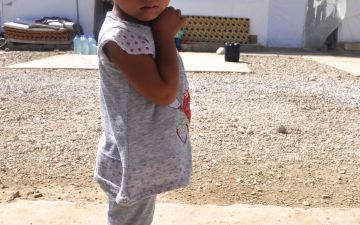Jordan and Lebanon are overwhelmed with millions of refugees, conflict across every border, and need for water, electricity and jobs. Similar problems consume the region: UN agencies beg for funding, regimes cry “Security!” as they choke domestic freedoms, youth turn a cynical eye to their 2011 ideals, and the international community wrings its hands, unable to protect the most marginalized populations.
Civil society is an answer to this seeming lack of solutions. Most refugees, especially after the initial one, two or three years in asylum, live in urban host communities outside the camps. Syrians are not the first refugees here, but newcomers to a mix of Iraqis, Palestinians, Sudanese, Somalis and others, many of whom have waited for years to return or resettle, forbidden from work in the meantime.
As humanitarian aid follows the media, jumping from Darfur to Baghdad to Homs, millions remain in a perpetual interim, their futures frozen and communities stuck in asylum. These are not passive aid recipients but active people, struggling to build their families and futures. As months become years and new asylum seekers arrive, journalist Alice Su looks at how refugee businessmen, lawyers, mothers, students and artists forge a way forward.



